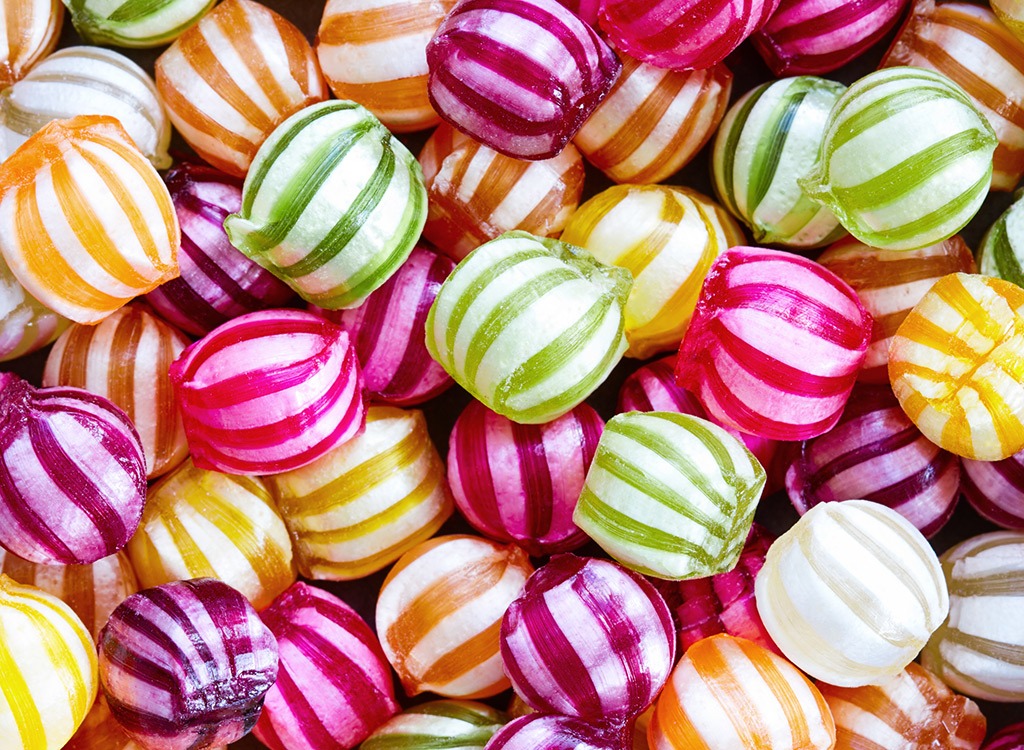“Sugar-Free” Foods Aren’t What They Claim

At this point, just about every nutrient has spent its fair share of time in the dog house. For years we shunned fats and then we moved on to dissing carbs and salt. Now it seems that sugar’s time has come—and not without good reason. The average American consumes three pounds of added sugar each week, which adds up to 156 pounds per year. Not only can consuming too much of the sweet stuff cause weight gain, heart disease and diabetes, but recent research has also found that sugar is more addictive than cocaine and considerably worse for blood pressure than salt.
As evidence continues to stack up against sugar, consumers are looking for ways to have their cake and eat it too—literally. To meet the demand, food makers are churning out sugar-free packaged foods like puddings, cookies and candy. The only problem is that these foods aren’t as innocent as they seem and their marketing claims are totally misleading. Often times, the term “sugar-free” is used to describe foods that don’t contain white sugar but are still filled with other sugars derived from fruits and milk, which contribute sweetness and calories just like table sugar.
If you thought that was sneaky, you might want to sit down for this next shocker: due to a legislative loophole, “sugar-free” can also be slapped on foods that contain white sugar. “Technically the term can be used if a food contains less than 0.5 grams sugar per serving,” explains Toby Amidor, M.S., R.D., nutrition expert and author of The Greek Yogurt Kitchen: More Than 130 Delicious, Healthy Recipes for Every Meal of the Day. (If these regulations sound familiar, that’s because there are similar laws for the labeling of trans fats.) Take Sugar Free Oreos for example: although most of their sweetness comes from alternate sources of sugar like sugar alcohols (sucralose), artificial sweeteners (like acesulfame potassium), or sugar substitutes (like polydextrose), they also contain milk–which naturally contains a sugar called lactose, and dextrose, a commonly used sugar derived from starches. Even so, the product is still marketed as sugar-free and the nutrition label also claims the product has zero grams of sugar. Yes, Nabisco can get away with this because the cookies have less than 0.5 grams per serving, but a little bit of sugar here and there can sneak up on you—especially when it’s coming from foods that you assume don’t count toward your daily allowance.
Don’t get us wrong, we’re not here to tell you to totally avoid sources of sugar like fruit, maple syrup or milk. Many foods that contain natural sugars also provide essential nutrients. But know that the body cannot distinguish between natural and manmade sugars, so if consumed in large quantities, even sugar from things like honey and pure fruit juice can still have negative effects on weight and health.
The bottom line: If you’re craving something sweet, skip “sugar-free” options and eat what you’re really craving in moderation. (If you’re diabetic, consult with your doctor for healthy, safe ways to cut down on processed “sugar-free” foods in your diet.) Why? When manufacturers take sugar out of products, they often add in bad-for-you fats like palm oil and cream to make up for the taste, explains Amidor. “They also use sugar alcohols, which can have a laxative effect if eaten in excess.” Plus, it’s easier to keep track of how much sugar you’re consuming when it’s printed plainly on the package—not hidden behind “zero gram” claims. If you don’t want to stray from your go-to sugar free treats, read the label before assuming the claims are true. All types and sources of sugar serve little nutritional purpose and should be eaten in moderation.








